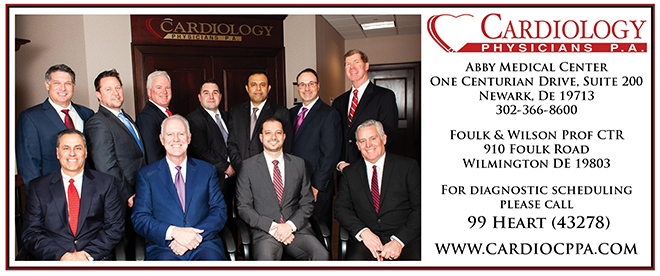Understanding Peripheral Arterial Disease (PAD): A Vascular Surgeon’s Perspective

By Dr. Alireza Daneshpajouh
Peripheral Arterial Disease (PAD) is a common, yet often underdiagnosed condition affecting millions of people worldwide. As vascular surgeons, it is our responsibility to raise awareness and guide the community toward early diagnosis and effective management.
PAD is caused by the progressive narrowing and obstruction of peripheral arteries, primarily due to atherosclerosis. This condition commonly affects the lower extremities, reducing blood flow and oxygen delivery to the muscles and tissues. Risk factors for PAD include aging, smoking, diabetes mellitus, hypertension, dyslipidemia, and a sedentary lifestyle. It’s important to recognize PAD as a systemic disease often associated with coronary artery disease (CAD) and cerebrovascular disease, increasing the risk of heart attack and stroke.
Atherosclerosis, the most common cause of PAD, results from the buildup of plaque within the arterial walls, leading to stenosis (narrowing) and, in advanced stages, complete occlusion. Plaques contain lipids, calcium, inflammatory cells, and fibrous tissue, which contribute to arterial rigidity and decreased lumen diameter. Over time, the progression of this disease limits blood flow, particularly during exertion when tissues demand more oxygen. Critical limb ischemia (CLI), the most severe form of PAD, occurs when blood flow is insufficient at rest, leading to non-healing ulcers, gangrene, and, ultimately, limb loss if untreated. The presentation of PAD varies based on severity. In the early stages, patients may be asymptomatic or present with intermittent claudication—pain, cramping, or fatigue in the legs during physical activity that is relieved by rest. As the disease progresses, symptoms worsen, and patients may experience pain at rest (rest pain), often localized to the toes and forefoot, especially when lying down.
In critical cases, patients may develop non-healing ulcers, gangrene, or ischemic rest pain, signifying CLI. CLI requires urgent intervention to prevent amputation. Clinicians should assess for signs such as diminished or absent pulses, cool skin, delayed capillary refill, and dependent rubor (reddening of the skin when the limb is placed in a dependent position). It is of utmost importance to raise awareness of such symptoms to your primary care physician and/or cardiologist to seek evaluation by a vascular surgeon. Once diagnostic modalities have been obtained, the management of PAD focuses on symptom relief, halting disease progression, and preventing complications. Treatment is generally divided into three categories: medical management including risk factor modification, endovascular therapy, and open surgical intervention.
Peripheral Arterial Disease is a progressive condition that poses significant risks for morbidity, mortality, and limb loss if left untreated. Early diagnosis, risk factor modification, and appropriate treatment are essential in improving outcomes. A multidisciplinary approach involving vascular specialists, primary care providers, and rehabilitation teams ensures comprehensive care for PAD patients. Ongoing surveillance is crucial to prevent recurrence and optimize long-term results. By understanding the complexities of PAD, we can better serve our community and reduce the burden of this challenging disease.
Bio
Dr. Alireza Daneshpajouh joined Cardiology Physicians in October 2024. Dr. Daneshpajouh is a dedicated vascular and endovascular surgeon with extensive training and experience in complex vascular procedures. He completed his Vascular Surgery Fellowship at Florida Atlantic University, following a rigorous General Surgery residency in Miami, Florida. Dr. Daneshpajouh obtained his medical degree from Nova Southeastern University, where he also earned his master’s in biomedical sciences. He has held an Assistant Professorial position at Texas Tech University serving as faculty and clinical Vascular and Endovascular Surgeon. His academic journey laid a strong foundation for his expertise in vascular surgery, focusing on intricate procedures that address a wide spectrum of vascular diseases. Dr. Daneshpajouh has focused on improving outcomes in vascular disease treatment, particularly in peripheral arterial disease, aneurysmal disease, and cerebrovascular disease. Driven by a passion for improving patient outcomes and advancing the field through research and education, Dr. Daneshpajouh continues to push the boundaries of what is possible in vascular surgery, while maintaining a patient-centered approach in his clinical practice.
Cardiogoly Physicians P.A.
Abby Medical Center 302-366-8600 One Centurian Drive, Suite 200 Newark, DE 19713
Foulk & Wilson Professional Center 910 Foulk Road Wilmington DE 19803
For diagnostic scheduling please call 99 Heart (43278)
Follow @cardiocppa on facebook


